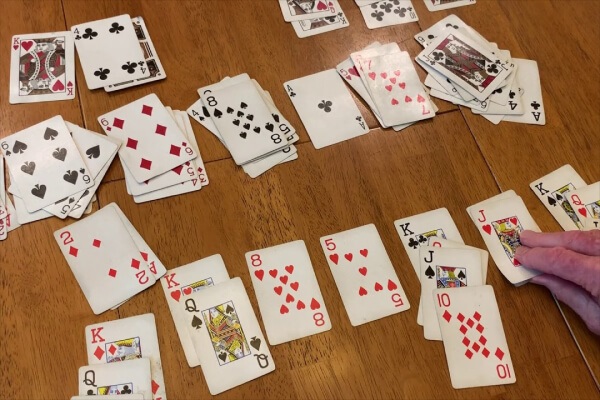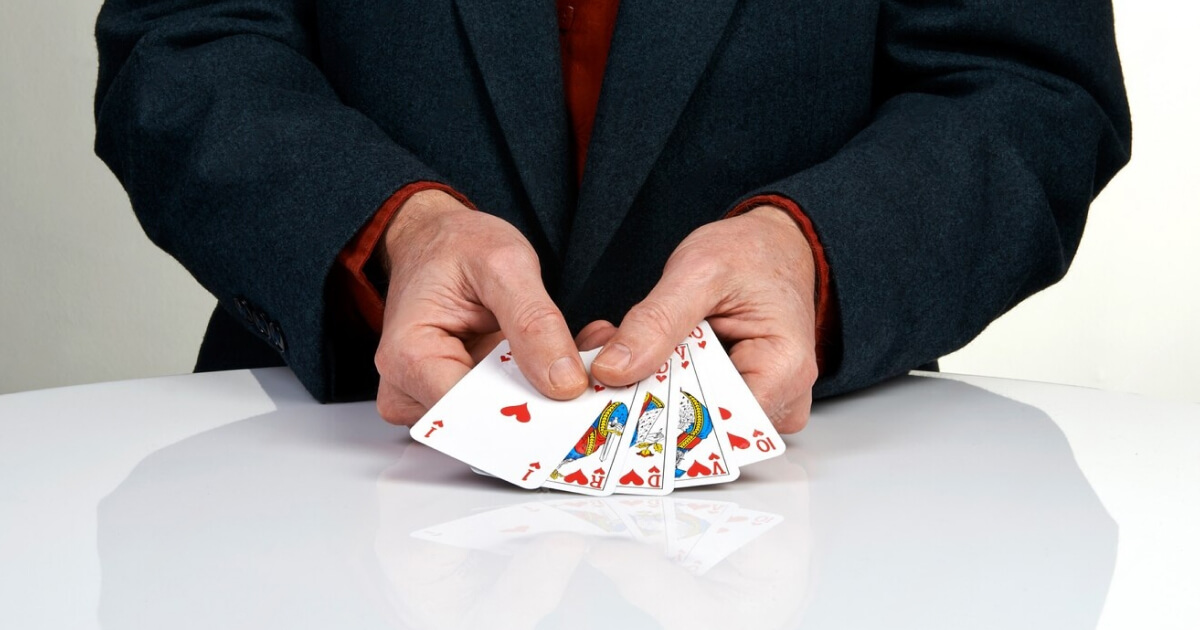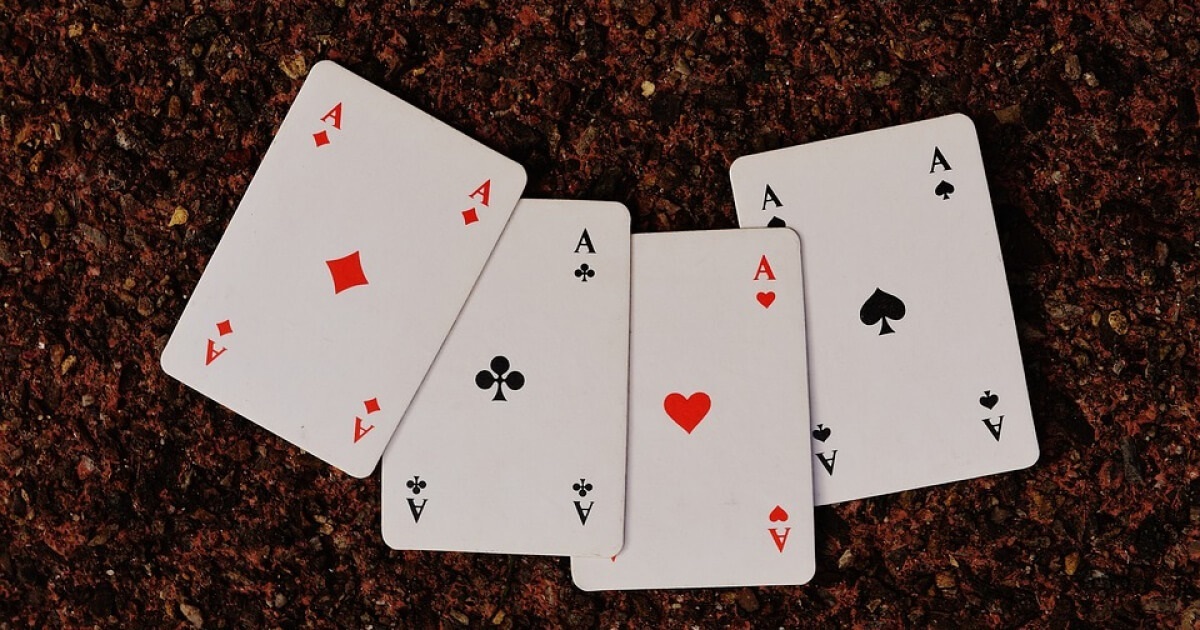A thrilling take on the traditional Solitaire game, Double Solitaire provides two players with a competitive head-to-head encounter. This game improves and makes more interactive the classic Solitaire game by employing two decks of cards and doubling the foundation piles. This book will cover how to play Double Solitaire, including setup and regulations, as well as winning tactics.
Objective of Double Solitaire
Like the original game, Double Solitaire’s objective is to become the first player to move every card to the foundation piles in the right order. Two-card decks provide a competitive advantage by enabling two players to play at the same time. If neither player can move all of their cards, whoever places the most cards in the foundation piles wins.
Setting Up Double Solitaire

Required Materials
Double Solitaire requires two players and two ordinary decks of cards. Different deck designs or colors make the decks easier to distinguish and score at the conclusion of the game.
Terminology
Before diving into the setup, familiarize yourself with these key terms:
- Foundation Piles: These are the piles you aim to fill with cards of each suit in ascending order.
- Tableau Piles: These are the columns of cards you work from during the game.
- Stockpile: The remaining cards, after dealing with the tableau, are placed beneath the tableau.
- Waste Pile: The pile where unused cards from the stockpile are placed during play.
Setting Up the Game
Step 1: Creating the Tableau
Following a deck shuffle, each player arranges seven cards face-up and the rest facedown in a row from left to right. Repeat this pattern with the second column in the second row until each column has one more facedown card than the one before it, and the last column has one face-up card and six facedown cards.
Step 2: Setting Up the Stockpile
When you’ve finished using the tableau, stack the remaining cards next to it. Every participant will have their stockpile from which they pull cards to use on their tableaus.
Step 3: Leaving Space for Foundation and Waste Piles
Ensure there is space on the table for the foundation and waste piles. The eight shared foundation piles should be within reach of both players, while each player will have their own waste pile.
Also See: Spades vs. Hearts: Which One is Better?
Rules of Double Solitaire
Foundation Piles
Separate foundation piles by suit (spades, clubs, hearts, diamonds).
Build foundation piles in ascending order from ace to king.
Tableau Piles
- Build down tableau columns in descending order, alternating colors. For instance, you can place a queen of hearts on a king of clubs.
- Only a king can fill an empty tableau space.
- You can move columns of cards between tableau columns, following the descending order and alternating colors rule.
- Flip over any facedown card revealed after moving cards within the tableau.
Gameplay Rules

Deciding Who Goes First
Determine the first player by flipping a coin or drawing cards from the top of the stockpile, with the higher card determining the first player.
Taking Turns
- Player One: Plays by moving face-up cards among the tableau columns, revealing and playing facedown cards, and moving cards to the foundation piles. The turn ends when the player flips a card from their stockpile to their waste pile.
- Player Two: Takes their turn following the same rules as Player One.
Recycling the Stockpile
When the stockpile runs out, flip over the waste pile to use it as the new stockpile without shuffling the cards.
Winning the Game
The game ends when one player moves all their cards to the foundation piles. If neither player can make a move, the player with the most cards in the foundation piles wins.
Strategies for Winning Double Solitaire
Expose Facedown Cards
Reveal facedown cards as quickly as possible to increase your playing options. Prioritize columns with more cards to reveal face-up cards efficiently.
Utilize All Foundation Piles
With eight foundation piles, keep track of all piles to optimize card placement and avoid giving your opponent an advantage.
Manage Tableau Spaces
Avoid emptying a tableau spot unless you have a king to place in it. Empty spots without kings can block your gameplay.
Make Strategic Moves
Don’t move cards unnecessarily. Consider whether moving a card will benefit you or your opponent more. Avoid helping your opponent advance their game by making impulsive moves.
What is the difference between Solitaire and Double Solitaire?
Rules for Solitaire and Double Solitaire are identical to those of the traditional Solitaire Klondike game. Double Solitaire is different mainly in that two players compete head-to-head. With eight shared foundation piles rather than the customary four, each player uses their own deck of cards.
Because both players want to be the first to move all of their cards to the foundation piles in the right sequence, this simultaneous play arrangement introduces a competitive aspect. The increased competitiveness elevates Double Solitaire beyond the conventional single-player game in terms of interaction and enjoyment.
Conclusion
For two players, Double Solitaire is a dynamic and competitive take on the classic Solitaire game. Your odds of victory may be raised and your gaming improved by knowing the rules, properly setting up the game, and using calculated plays. Played alone or with loved ones, Double Solitaire is a fun and difficult card game.




